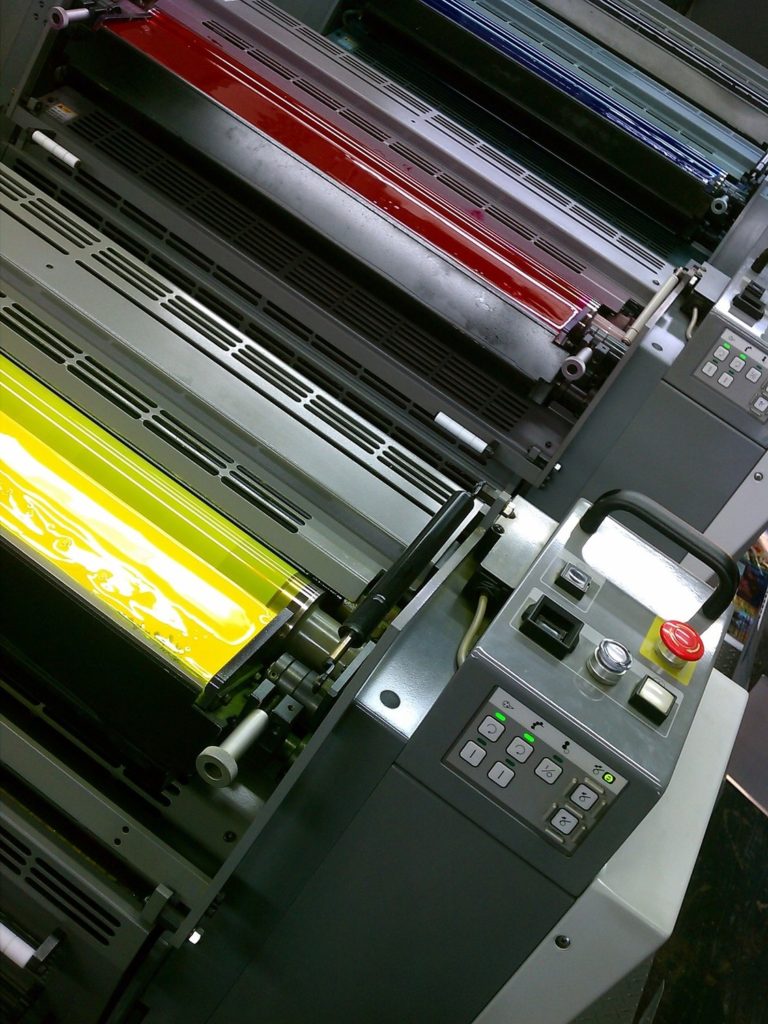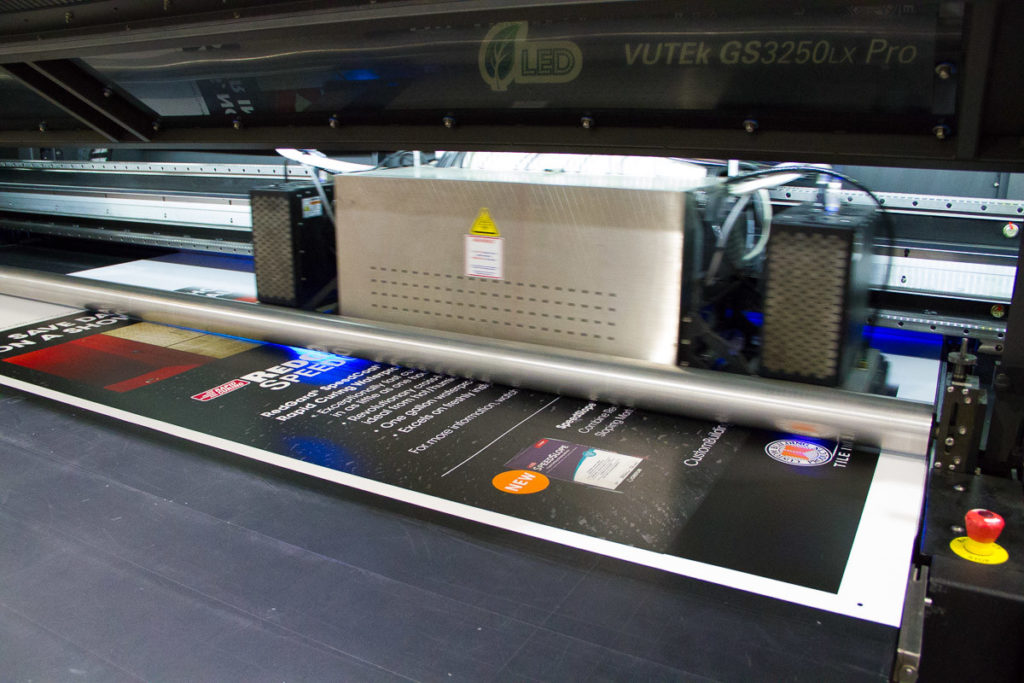
Educating young people about the career opportunities available in the printing and graphics industry requires a partnership between educators and industry representatives. Recently, I’ve visited different educational institutions throughout the country to explore education options. One thing that stood out to me was the geographic area from which the students were gleaned. Very few institutions have to contend with an area as large as Southern California.
It seems to me that Southern California offers both advantages and disadvantages when it comes to education, job training, and employment. One major advantage is the sheer number of young people who live in the area. There are over 14 million people living in Los Angeles, Orange, Riverside, and San Bernardino counties. Many of those are young people who would benefit from a career in our industry. A major disadvantage of the SoCal area is the size of those four counties.
It’s possible for a young person who lives in the Inland Empire to attend Riverside City College and receive a quality printing education. But it’s logistically impossible for a student who lives in Los Angeles to receive training at the same school.
In the past, printing classes were offered all over Southern California. From Santa Monica to Downtown Los Angeles to Pasadena, there were schools that offered degrees and transfer opportunities in the industry. Today, there are still schools that offer printing, graphic design and prepress classes. Many of these programs have extended their educational courses, much like some PIASC member companies have extended their product and services offerings. Some programs focus on digital and online design. Others include offset and digital press training.
Southern California Colleges & Universities with Printing or Industry Related Degree Programs
- Cal Poly San Luis Obispo: Graphic Communication
- Cal Poly Pomona: Graphic Design
- Fullerton College: Printing Technology
- Riverside City College: Applied Digital Media & Printing
- Pasadena City College: Graphic Communications Technology
- LA Trade Tech: Visual Communications
While some of these programs are thriving, others have no students. Some of the above listed classes exist only on paper. The educational institutions would offer the classes if there were students interested in the program. As the printing industry becomes more digital, I wonder if all of the above-mentioned programs can, with the help of the industry, once again help students see that printing is a viable employment opportunity.
Employment Needs of the Printing Industry
The truth is, the industry is not just looking for prepress technicians or press operators. We’re looking for employees to run the industry of the future. Think of the technological advances that will occur in the printing industry during the lifetime of a current college student. For example, our idea of a “printing press” has changed over the years. A few years ago it was common to have 3-5 press operators running one press. Today Heidelberg is talking about an “autonomous press room,” a pressroom without a press operator. Xerox, Ricoh, and other digital “press” manufacturers have equipment that begins to print, without an operator, the minute an order comes in from a web-to-print solution.
As our industry changes, we’ll still need CSRs, estimators, sales reps, and more to run the printing company of the future. In order to attract young people to our industry, we need to change our image and create awareness in the consumer market of the value of print and the careers that are available.
First Steps in Our Mission Promote the Industry to Young People
In the last few weeks, we have participated in a couple of brainstorming meetings at Fullerton College. Our goal was to develop a “roadmap” of the relationship between students, parents, educators and the industry then merge these groups in a way that will benefit everyone. The roadmap also identifies areas in which educators, industry and the association can act and have an impact. We have to find ways to influence all stakeholders if we are going to find ways to funnel people into the industry.
To reach these goals we’ll take a look at what other educational institutions have done. Take a look at the Instagram campaigns from the Department of Graphic Communications at Clemson University (https://www.instagram.com/clemsongc) and CalPoly SLO (https://www.instagram.com/calpolygrc). The student spotlight videos from CalPoly SLO on Youtube are also very impressive (https://www.youtube.com/user/calpolygrc).
Educating young people, their families, and the community at large about the employment opportunities in the printing industry will be a challenge. We have the educational institutions and we have the students. What we need now is a group of educators and industry leaders to step up and make this a reality because the consequences of doing nothing are not acceptable.


